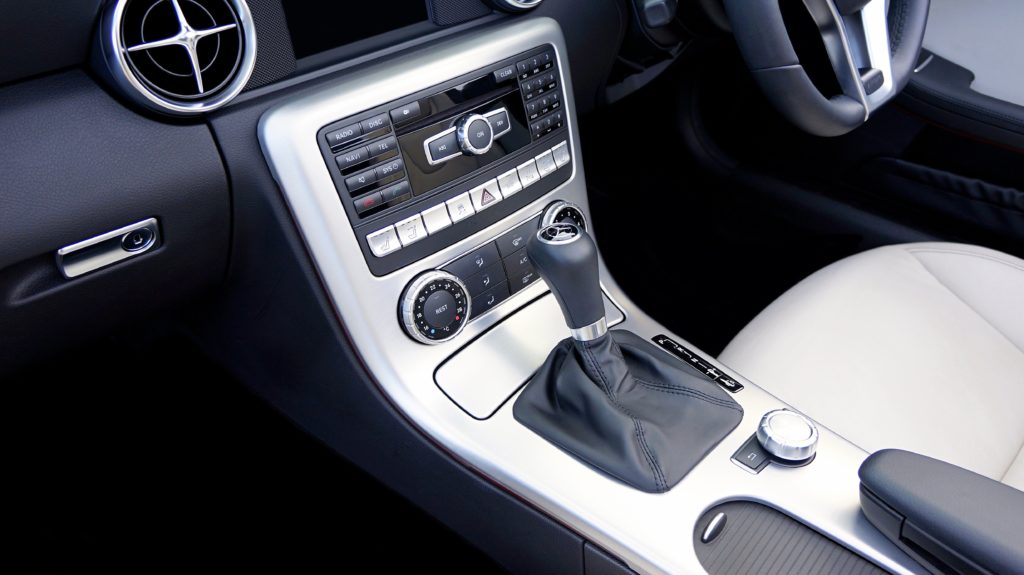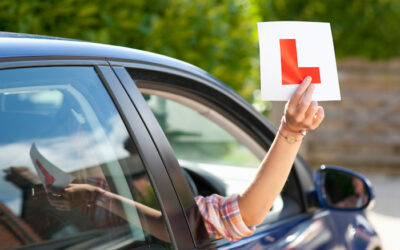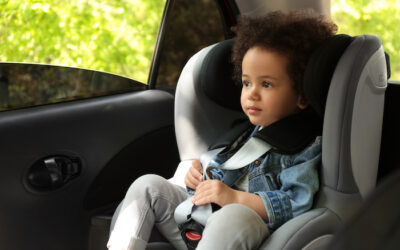One of the hardest parts of learning to drive is getting to grips with the gear changes. Experienced drivers take it all for granted. But if you’re new to driving, it’s a lot to get your head around: Clutch down, hand off steering wheel, hand on gearstick, change gear, clutch up – and all without taking your eyes off the road! It’s no wonder so many learners struggle.

And on top of all this, you have to know when to change gear, too. As if things weren’t hard enough…
At some point during their lessons, the vast majority of learners will think: “Maybe I should learn how to drive an automatic car instead.”
Because in an automatic car, gear changes are easy. The car takes care of them for you!
So if you’re struggling with your manual driving lessons, you might consider switching to automatic driving lessons. But before you do that, there are a few things you should be aware of…
How Does an Automatic Car Work?
Automatic cars still have gearboxes. But rather than giving you a choice of five or six gears, most automatic cars instead have four settings:
- Park – This basically disengages the transmission, preventing the car from rolling away when you’ve parked. You still have to use the handbrake, though.
- Reverse – Makes the car go backwards!
- Neutral – Another setting that disengages the transmission. You should never use it when driving, as the lack of engine braking will reduce your control. But it’s good for use when you’ve stopped for a short while, such as at traffic lights.
- Drive – For when you want to drive. Put the car in this gear and it’ll automatically select the optimum gear for you.
Some automatic cars let you choose first or second gear. This isn’t really anything to worry about. The lower gear’s just there to give you more control when driving up or down steep hills, or when driving in the ice or the snow. In most circumstances, you can just drive in second gear.
So that’s it. Just pick the gear you need and off you go. There’s no clutch and no gear changes. All you have to worry about it accelerating, braking, and steering.
Does that sound good? Sure! There are a number of benefits to driving automatic.
The Benefits of Driving an Automatic
It’s easier and driving can be less stressful
The most obvious benefit is that driving an automatic is considerably easier than driving a manual car. Driving can be less stressful, and it may be safer too. After all, if you don’t have to worry about gear changes, you’ll be able to focus entirely on the road ahead of you.
They can be safer if you struggle with coordination
For some drivers, automatic cars aren’t just the easier option. They’re the only option. If your reactions aren’t as fast as they used to be, or if you generally struggle with coordination, an automatic car can make you as safe a driver as anyone.
Can be more efficient
Automatic cars can be more efficient too. The gear you drive in has a direct impact on your car’s fuel efficiency. In an automatic car, the car will always choose the optimum gear for the speed you’re travelling at. This means you’ll make the most of every drop of fuel.
Can reduce wear-and-tear on the clutch
Finally, and contrary to popular belief, automatic cars can be cheaper to maintain. Sure, an automatic gearbox will cost a lot to replace. But as the car will take care of gear changes for you, there’s less chance of the wear-and-tear that comes with imperfect clutch control. So repairing and maintaining an automatic gearbox might cost a lot. But it’s unlikely that you’ll ever have to pay for such repairs.
All of this might sound too good to be true. But before you book yourself some automatic driving lessons, let’s take a look at some of the downsides of an automatic.
The Downsides of Driving an Automatic
As we said above, driving an automatic can make you a safer driver. If you don’t have to worry about gear changes, you can concentrate on the road ahead. However, driving an automatic is not without its dangers.
Could be too easy
Driving an automatic is easy. But you don’t want your driving to get too easy. You might start to operate on a sort of autopilot. Your attention may wander. So if you have to suddenly react to something, you might not be in the right mindset to respond instantly. But in a manual car, constantly thinking about those gear changes could help you to remain focused, preventing your mind from wandering.
You’ll only be licensed to drive automatic cars
But the main thing to consider is this: If you learn how to drive a manual car, you’ll be licensed to drive both manual and automatic cars. But if you learn how to drive an automatic car, you’ll only be licensed to drive automatic cars. If you ever want to drive a manual, you’ll have to take your test all over again.
Learning manual just gives you more freedom. With a manual driving licence, you can effectively drive any car you like. With an automatic licence, your options may be limited.
Automatic cars can be more expensive
Finally, automatic cars cost more upfront than manual cars. If you’re a new driver, you’ll already have to pay quite a bit for your car insurance. This might place automatic cars out of your price range.
If you want to save money on your car insurance, the type of car you drive makes a huge difference. You can read our guide to getting cheaper car insurance here.



